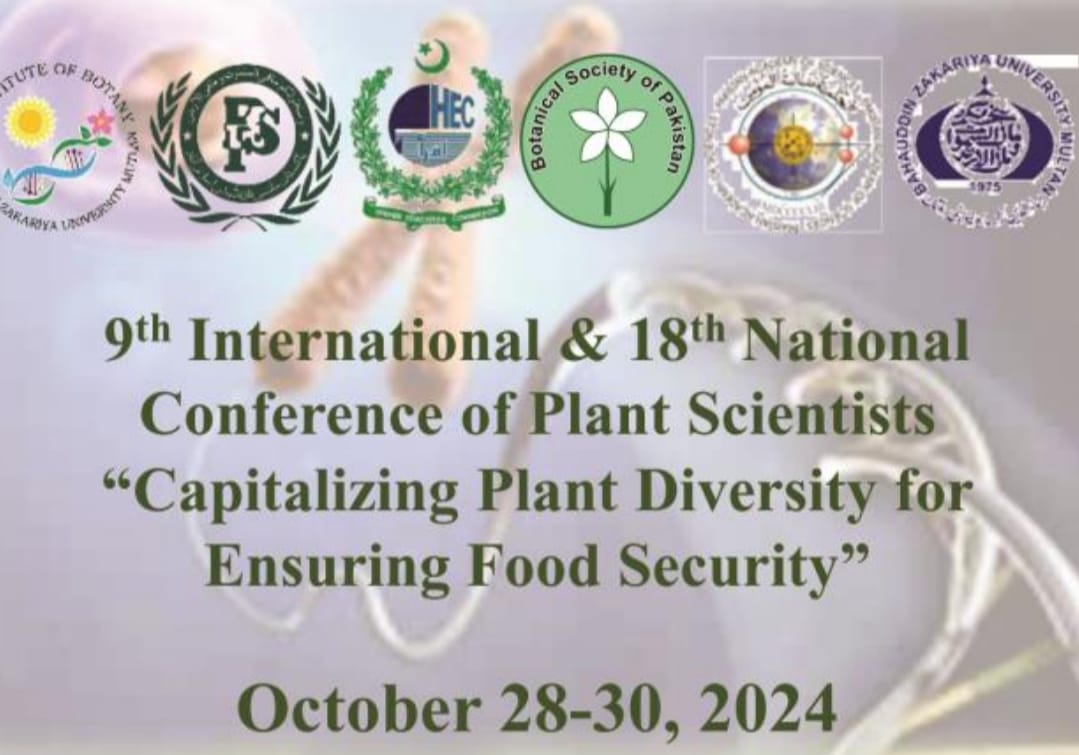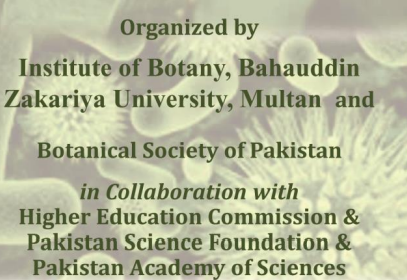-
-
Dr. Mohammed Nizamuddin (Malick), a renowned phycologist and world authority on brown algae silently expired in the morning of Sunday, the 16th January 2011 at the residence of his youngest daughter in Karachi. May God Almighty shower his choicest blessi
OBITUARY - PROF. MOHAMMED NIZAMUDDIN (11th January 1930 – 16th January 2011)
Download PDF
-
-
-
-
-
-
-
-
-
-
-
-
-
-
-
-
-
-
-
-
-
-
-
-
-
-
-
-
-
-
-
-
-
-
-
-
-
-
-
-
-
-
-
-
-
-
-
-
-
-
FIDA MOHAMMAD1, O.S. ABDALLA2, S. RAJARAM2, ALA’A YALJAROUKA2, NAQIB ULLAH KHAN1, AMIR ZAMAN KHAN1, SHAD KHAN KHALIL1, IFTIKHAR HUSSAIN KHALIL1, IJAZ AHMAD1 AND SULTAN AKBAR JADOON1
ADDITIVE MAIN EFFECT AND MULTIPLICATIVE ANAYLYSIS OF SYNTHETIC-DERIVED BREAD WHEAT UNDER VARYING MOISTURE REGIMES
Download PDF
-
-
-
-
-
-
-
-
-
-
-
-
-
-
-
-
-
-
-
-
-
-
-


